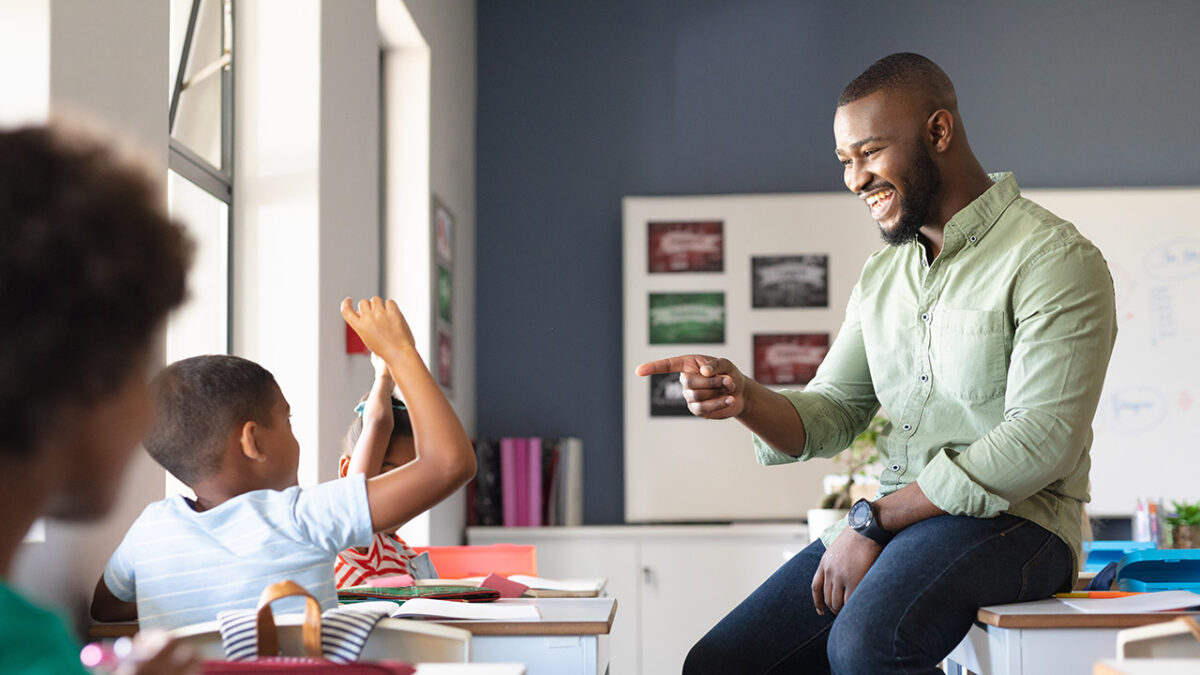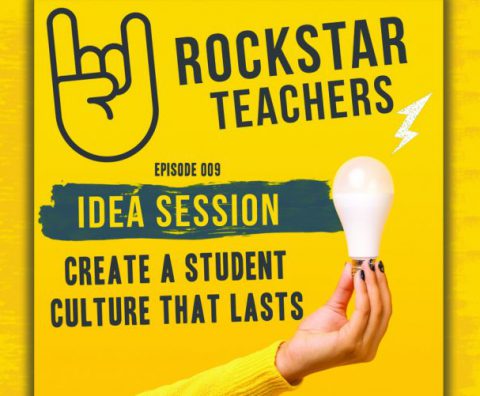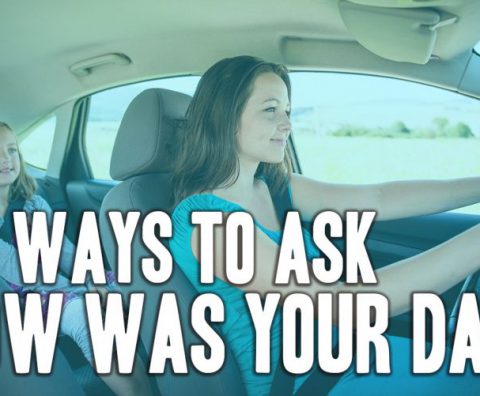
As the founder of Think Kindness, I’ve witnessed the incredible ripple effect a single act of kindness can have in a school, a family, or a community. But what does it truly mean to be kind? At its core, kindness is more than a feeling-it’s an action. And my favorite way to define it is this: Kindness is to give without remembering, and to receive without ever forgetting.
This idea beautifully aligns with the ABCs of kindness, a framework inspired by Kindness.org: Actions Benefiting others at a Cost. Let’s break down what that means for kids, and how you can nurture this powerful skill in classrooms and at home.
The ABCs of Kindness-In Kid-Friendly Language
A – Actions: Kindness starts with what we do, not just what we feel.
B – Benefiting Others: Our actions should help, uplift, or support someone else.
C – at a Cost: True kindness often means giving something up-time, effort, comfort, or even just a little attention.
When we teach children that real kindness means giving without expecting anything in return-and remembering every kindness shown to us-we empower them to create genuine connections and a positive school culture.
Age-Appropriate Ways to Talk About Kindness
Preschool & Kindergarten (Ages 3-5):
“Kindness is sharing your favorite toy, even when you want to keep it. It’s helping a friend, even if it means you have to wait your turn.”
Elementary (Ages 6-10):
“Kindness is doing something for someone else, even if it takes extra work or you have to give up something you like. It’s choosing to help, not because you have to, but because you care.”
Middle School (Ages 11-13):
“Kindness means taking action to help others, even when it costs you time, energy, or comfort. It’s about making a choice to give, and always remembering the kindness you receive.”
Conversation Starters
For Younger Kids:
- “What’s something kind you did today? Did it take extra effort?”
- “How did you feel when someone was kind to you? Why do you think it’s important to remember those moments?”
For Older Kids:
- “Can you think of a time you helped someone even when it wasn’t easy? How did that feel?”
- “Why do you think it’s important to give without expecting anything back?”
Activities for Classroom and Home
Kindness Journals:
Have children write or draw about a kind act they did, what it cost them, and how it helped someone else. Encourage them to note every kindness they receive, too.
Kindness Jar:
Create a family or classroom jar. Every time someone witnesses or receives a kind act, they write it down and add it to the jar. At the end of each week, read them together and celebrate the ripple effect.
Role-Playing:
Act out scenarios where students can choose to help others, even when it’s hard. Discuss how it feels to give and to receive kindness.
Kindness Challenges:
Challenge your class or family to do a certain number of kind acts in a week, focusing on actions that require real effort or sacrifice.
The Ripple Effect
When we teach children to give without remembering and to receive without ever forgetting, we’re not just building better school culture-we’re shaping a generation that understands the true meaning of kindness. Science tells us that these acts don’t just help others; they boost our own well-being and create communities where everyone thrives5.
Let’s inspire our kids to be the spark that starts a wave of kindness-one action, one memory, one ripple at a time.
What’s one act of kindness you’ll give today-and one you’ll remember forever? Share your stories below!


